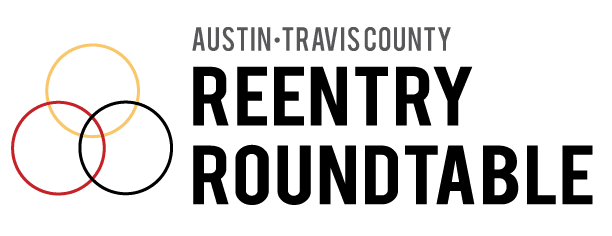Written by Barbara Ornelas, Reentry Advocacy Fellow
The link between individuals becoming part of the criminal justice cycle and those suffering from mental illness seems to be on an upward trajectory. People with mental illness are arrested and sent to prison in disproportionate numbers, often due to a lack of awareness and resources in handling these individuals. Individuals suffering from mental health issues are often treated like criminals and placed in jail and prisons for multitudes of misdemeanors that could easily be resolved and diverted instead. That is why there is such a great importance and need for the new diversion center in Austin and Travis County.
SAMHSA (The Substance Abuse and Mental Health Services Administration) was established in 1992 to make substance use and mental disorder information, services, and research more accessible. Individuals with mental health problems can sometimes turn to alcohol or drug use, as some people with a mental health problem may misuse these substances as a form of self-medication. On the other hand, certain substance use can cause people to become addicted and to experience one or more symptoms of a mental health problem. Either way, one can not be addressed without the other. That treatment can not be provided in jail and/or prison.
This is why SAMHSA created the GAINS (Gather, Assess, Integrate, Network, and Stimulate) Center for Behavioral Health and Justice Transformation shortly after launching. The GAINS center has a mapping process called the Sequential Intercept Model (SIM). The SIM mapping process brings together leaders, different agencies, and community stakeholders to work together to identify strategies to divert people with mental and substance use disorders away from the justice system into treatment.
SIM has 6 Interception points that need to be implemented in Austin/Travis County. Intercept 0 connects people who have mental and substance use disorders with services before they come into contact with the criminal justice system. At that point the supporting agencies could divert them to a treatment center which in turn reduces pressure on resources at local emergency departments and inpatient psychiatric units. To learn more about SAMHSA’s Sequential Intercept Model and Intercept 1-5, please visit their website.
To increase the success of the diversion center, there are multiple sectors that are imperative. The community support points need to include the police, substance abuse treatment centers, nonprofit organizations, families, faith-based organizations, neighborhood groups, and of course the court systems. These are the sectors that constitute the “community”. So the community needs to be involved in the decision making process. To do that the Austin/ Travis County community needs to be sure they are in attendance at the Diversion Center Town Hall on July 25th at 6:00PM at the Travis County Administration Building (700 Lavaca Street).
